We have previously written about the Inca's reverance for nature and their clever use of solstice lines in town planning. In this post we are going to delve a bit deeper and reveal a few secrets about the design of Machu Picchu and it's exciting features.

Top: Mark puzzles over clues. Bottom: A wall with the three windows. Scholars are still undecided on it's purpose.
The Gates of Machu Picchu
Pachacutec and his architects aimed to amaze with Machu Picchu. This is demonstrated with the sites superiority in overall design but it also becomes evident in the detail. For example, the placement of the Sun Gate, the point where 'The Inca Trail' ends, on the ridge south of the ruins was deliberate. The gate there has been placed to create a grand impression of the town and it's vista. Even today it inspires awe, an effect the Incas wanted visitors to experience.
Further into the site one will find the Main Gate. This marked the formal boundary for the city (the exterior mostly consists of agricultural terracing and guard houses). This gate was placed to frame a view of Huana Picchu and Machu Picchu as one passes through. Again, the intention here is to impress.
Of course throughtout the ruins one will find many clever designs. It's easy to spend a full day exploring the site!

Left: A window looks out into a courtyard. Right: Saskia stands in a doorway, an excellent example of Inca stonework.
Imitating Landforms
The Incas had a special reverance for mountains, which they considered to be sacred. Possibly because of this reverence for 'Apus' the Incas carved out small rock models of the nearby peaks.
We didn't use a guide but we needed help finding these stones. If you opt not to use a guide try trailing one of the groups and you will find them fairly easily.
The Southern Cross Stone
In the temple complex there is a courtyard where you can look out to Llactapata. In this courtyard the Incas carved a kite shape into the rock. At first this seems a little pointless but a compass reading shows that the top and bottom points run South to North. It is possible that the shape mimics the Southern Cross constellation and for this reason the rock has been named the Southern Cross.
As an side, the Cusco Planetarium is worth a visit to learn more about the Inca's knowledge of astrology. For example, they had named their own constellations, including black patches of sky where there are no stars. After a visit one can easily find the condor and the black llama!
The Intihuatana Stone
Machu Picchu has the best remaining example of an intihuatana stone. Placed with a commanding view of the valley, the stone sits within the Sun Temple, the highest point in the ruins complex. We were able to see people standing on the edge from the train station's intihuatana stone below.
We are not sure whether the other flat planes are also aligned to other points of reference. It is possible that there are connections to other mountains and cities but we haven't looked into this. If you are curious have a quick read of this Wikipedia article for more info.
The Condor
This one requires a bit of imagination but on the eastern side there's a patch of cleared earth with a triangle of rock. This has the outline of a condor head carved into it. Looking up, two rock outcrops stretch away from each other. They are the condor's wings.
Pachacutec's Tomb
There are several notable buildings within the ruins of Machu Picchu. We have already mentioned the Sun Temple and the Main Gate on the western side. On the eastern side, where the residential buildings are placed, the Incas built a squat tower called the Torreón.
The purpose of the Torreón has long caused debate amongst Machu Picchu enthusiasts. This enigmatic tower faces due east and contains a doorway on its western side. Inside the tower are possible scorch marks around a rock slab. The tower also features a courtyard with trapezoid insets (which often designates a temple) and there is a cave with carved rock underneath.
As recently as 2011 an enthusiast put forward the theory that Pachacutec was buried at Machu Picchu. The Peruvian Government undertook an excavation in the courtyard behind the tower and a chamber was discovered. As Mark Adams reports, this may have been the tomb of Pachacutec.
We won't go into the details in a big way but it is also believed that the Torreón housed a gold statue of Pachacutec. This statue was described in Spanish chronicles as part of the empire wide ransom payment to the Spaniards when Atahualpa was captured. It is possible that the statue was fixed here atop a platform, which the Incas burned in order to remove it.
Mark Adams also established that during the winter solstice the sun shines directly through the east facing window, in a perfect line that may have lit up the statue of Pachacutec, if indeed this was where the statue was stored…As we noted above, such design features are unlikely to be coincidences. Perhaps with time there will be consensus but we at least believe the theory that this was the resting place of the Inca empire's greatest Sapa Inca.
Hope you enjoyed the post. Machu Picchu was great fun to explore and we highly recommend doing the research before paying a visit. That said, it is still a great time regardless and a good guide can share much, if not all, of what we have covered here.
This is our second-to-last post on the Incas. The last post will share our plans to visit the last city of the Incas, Espiritu Pampa, and the sister site to Machu Picchu, Choquequirao.
Stay tuned,
Mark and Saskia













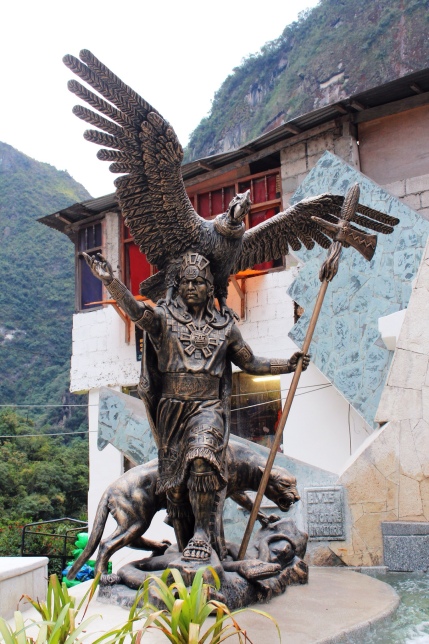

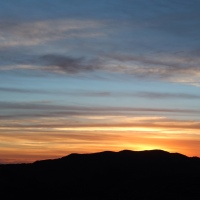

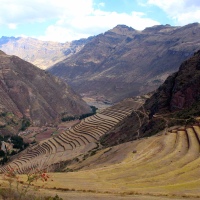

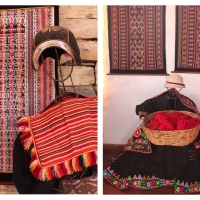
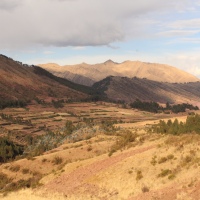
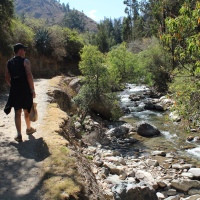
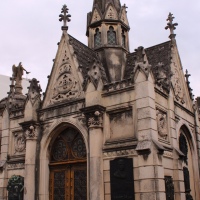


December 17th, 2013 at 11:21 pm
Great post. Wish I had done as much research as you guys!
December 18th, 2013 at 7:42 am
Thanks mate, hope Bondi is treating you well!